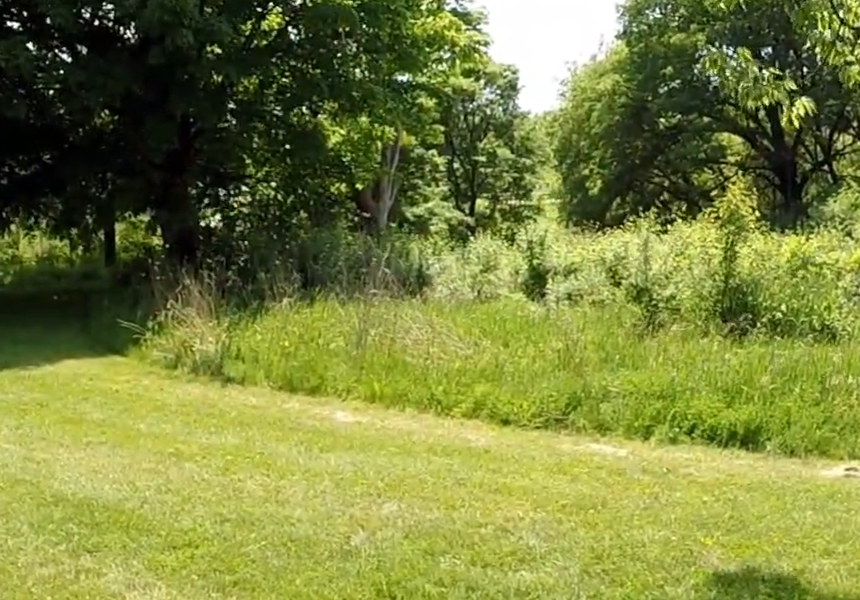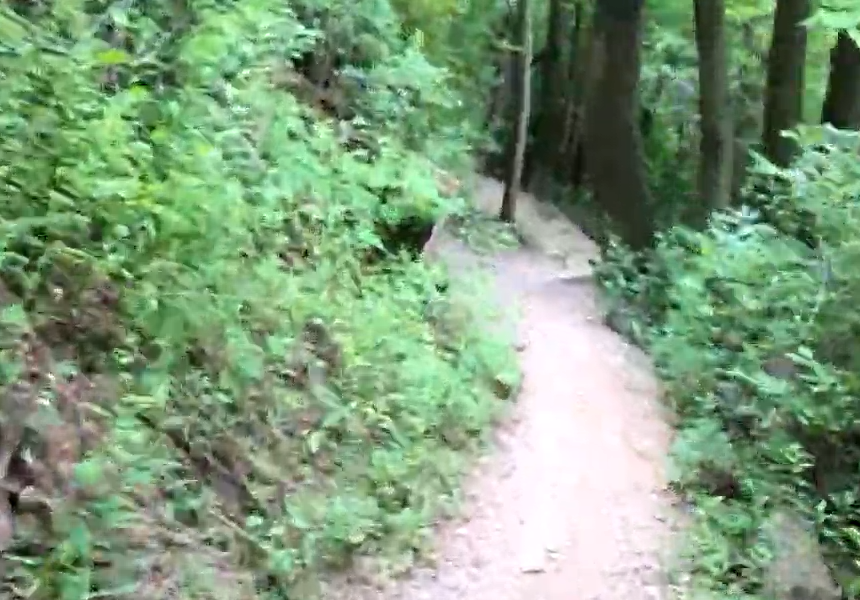Milwaukee, Wisconsin: Area Description
Milwaukee is the largest city in Wisconsin, located on the western shore of Lake Michigan. Known for its rich brewing history and numerous cultural attractions, the city is surrounded by beautiful natural landscapes, including rolling hills, dense forests, and sparkling lakes.
Geography of Milwaukee
Milwaukee is located in the Midwest region of the United States and lies along the shores of Lake Michigan, where three rivers converge; the Kinnickinnic, the Menomonee, and the Milwaukee Rivers. The terrain in this region is relatively flat compared to other parts of the country, with some moderate hills and valleys.
The mountain bike trails near Milwaukee primarily wind through forests and wooded areas. There are no deserts or mountains in the immediate vicinity of Milwaukee, and while some hills are in the area, they are not significant enough to be considered mountainous. The landscape is predominantly forested and wooded, with occasional fields and bodies of water interspersed throughout.
| Land Area |
96.2 sq. mi |
| Minimum Elevation |
564 ft. |
| Maximum Elevation |
961 ft. |
Demographics of Milwaukee
Milwaukee is the 31st most populous city in the country, with a population of 555,640 and a median age of 31. The city’s per capita income is $24,167, while nearly a quarter of the population lives below the poverty line. In 2001, the city was named the number-one city for lesbians by a women’s magazine.
A huge percentage of the population (44.8%) is White, while citizens of African American heritage make up 40% of the total population. 17.3% are of Hispanic, Latino, or Spanish origin, while 3.5% are Asian. Despite the Native American tribes having been the earliest documented inhabitants of the city, they only make up 0.8% of the population.
In terms of religion, 24.6% identify as Catholic, followed by 10.8% who identify as Lutheran. 1.6% are Methodist, while 0.6% are Jewish.
| Total Population (in 2023) |
555,640 |
| Population Density |
5,776.90/mi2 |
Climate of Milwaukee
Milwaukee often experiences rapidly changing weather due to its location in the Great Lakes region. This results in a humid continental climate characterized by cold, snowy winters with average temperatures ranging from the mid-20s to mid-30s Fahrenheit and hot, humid summers with average temperatures ranging from the mid-60s to mid-80s Fahrenheit.
July is the warmest month of the year in Milwaukee, with an average of 81.1℉, while January is the coldest, with an average of 13.4℉. The best time for biking in the Milwaukee area is typically from late spring to early fall when temperatures are mild, and the weather is generally dry.
Winter biking is possible in the area, but it is limited to a few select trails groomed for snow biking. December to February is suitable for snow trials as the temperatures are cold enough for snow to accumulate.
Average temperature by months
| Month |
Low |
High |
| Jan |
13.4°F |
28.0°F |
| Feb |
18.3°F |
32.5°F |
| Mar |
27.3°F |
42.6°F |
| Apr |
36.4°F |
53.9°F |
| May |
46.2°F |
66.0°F |
| Jun |
56.3°F |
76.3°F |
| Jul |
62.9°F |
81.1°F |
| Aug |
62.1°F |
79.1°F |
| Sept |
54.1°F |
71.9°F |
| Oct |
42.6°F |
60.2°F |
| Nov |
31.0°F |
45.7°F |
| Dec |
19.4°F |
33.1°F |
Infrastructure
Milwaukee has a well-developed transportation system that includes several access roads for buses and bike lanes, and trails that make it easy for cyclists to navigate the city and surrounding areas. For the convenience of cyclists, Milwaukee offers several bike racks and bike parking areas throughout the city.
In 2014, the city partnered with a local nonprofit and introduced a bicycle-sharing system called Bublr Bikes. By 2017 Milwaukee had installed nearly 70 Bublr Bike stations. Milwaukee also holds a Bike-To-Work Week event every year in May as part of its mission to make the city more bike and pedestrian friendly.
While the infrastructure for cyclists in Milwaukee is generally good, there are some obstacles to be aware of. Like many urban areas, there are areas with heavy traffic and limited bike lanes, which can make it challenging for cyclists to navigate.
Sights and Landmarks in Milwaukee
Here are some of the famous off-the-bike landmarks you may spot in Milwaukee:
- Lake Michigan
- Harley-Davidson Museum
- Milwaukee Art Museum
- Bradford Beach
- Mitchell Park Domes
Milwaukee is located on the shores of Lake Michigan, and some of the mountain bike trails in the area offer stunning views of the lake and its shoreline. You can also go kayaking, boating, and sailing or sunbathe and swim on Bradford Beach.
The city is also home to the Harley-Davidson Museum, the only museum of its kind in the world. The museum pays tribute to the company’s motorcycles and is a popular attraction in Milwaukee. The Milwaukee Art Museum is one of the city’s most prominent cultural attractions.
It’s $100 million wing, which was designed by famed structural engineer Santiago Calatrava, includes a moving sunscreen that folds and unfolds like the wing of a bird. The three large domes at Mitchell Park Domes house a large variety of plants and bird life from around the world.
FAQ
Are the mountain bike trails accessible year-round?
Mountain bike trails in Milwaukee are generally accessible year-round, weather permitting. Generally, the trails are accessible from spring through fall, but some trails may be closed during the winter months due to snow and ice. In addition, during hunting season, which typically occurs in the fall, some trails may be closed for safety reasons. Always check ahead with the local park or trail authority before embarking on your ride.
Which is the most technical biking trail?
Oak Hill and Alpha Trail are popular trails with moderately technical features. Although they are fairly flat, they have tight switchbacks and a few steep segments that require intermediate and advanced biking experience.
Is it safe to ride mountain trails in Milwaukee alone?
While riding these mountain bike trails alone is generally safe, riding with a partner or a group is always recommended for safety reasons. Before riding, try to familiarize yourself with the trail and follow all trail rules and regulations. One of the best ways to get familiar with a bike route is to ride with a biking company or guide, after which you can bike alone.


 2 mi
2 mi



